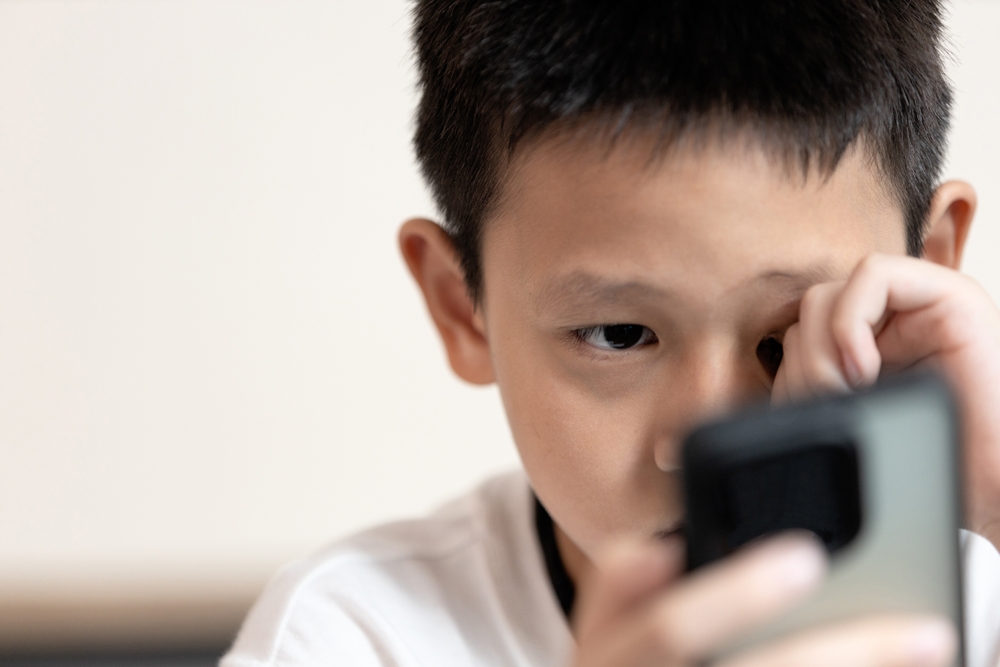
As children grow, so do their eyes - and sometimes, changes in their vision may not be obvious right away. Nearsightedness, also known as myopia, is one of the most common vision conditions in children today. With the rise of digital devices and increased screen time, more kids are developing myopia at younger ages. The earlier it’s detected, the easier it is to manage.
What Is Nearsightedness?
Myopia is a common vision condition where close objects appear clear, but things farther away look blurry. It happens when the eye grows too long from front to back or the cornea is curved too steeply, causing light to focus in front of the retina instead of directly on it. Myopia often begins in childhood and can progress as kids grow, making it harder for them to see the board at school, watch TV from across the room, or recognize distant faces. So how can you tell if your child is becoming nearsighted? Here are some key signs to look for.
Squinting to See Clearly
If your child frequently squints when looking at objects across the room, such as the board at school or the television at home, it could be a sign they’re struggling to see clearly at a distance.
Sitting Too Close to Screens
Children with myopia often move closer to the TV, computer, or tablet to see better. If you notice your child sitting just a few feet from the screen, it may indicate that distant objects appear blurry.
Struggling in the Classroom
Vision plays a big role in learning. If your child is missing instructions written on the board, avoiding homework that requires reading from a distance, or complaining about not being able to see at school, myopia may be the reason.
Frequent Headaches or Eye Strain
Children who strain to see clearly may develop headaches or complain about tired eyes, especially after school or screen time. This can be a subtle but important clue that their vision is changing.
Rubbing Eyes or Excessive Blinking
Although common in kids for many reasons, frequent eye rubbing or blinking may also be a sign of vision struggles. It’s their way of trying to improve focus or relieve discomfort caused by blurry distance vision.
Detecting Myopia Early Is Key
When caught early through regular pediatric eye exams, myopia can be managed to help slow its progression and protect your child’s long-term vision. Treatment options like glasses, contact lenses, or myopia control therapies can make a big difference in preserving healthy eyesight into adulthood.
Schedule a Pediatric Eye Exam at D Vision Eyecare
Recognizing the early signs of nearsightedness is the first step in protecting your child’s vision. If you’ve noticed any of these changes, it’s important to schedule a comprehensive eye exam. Early intervention not only helps your child see clearly today but also supports their eye health for the future.
If you think your child may be becoming nearsighted, schedule a pediatric eye exam with D Vision Eyecare for personalized treatment options. Contact our office in Allen, Texas, by calling (972) 649-4441 to book an appointment today.





